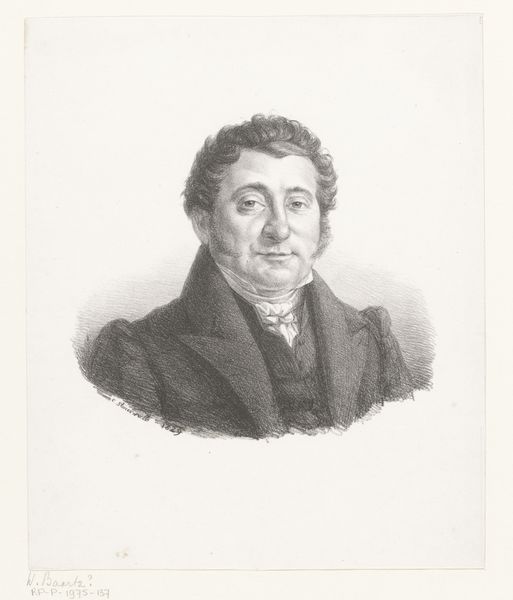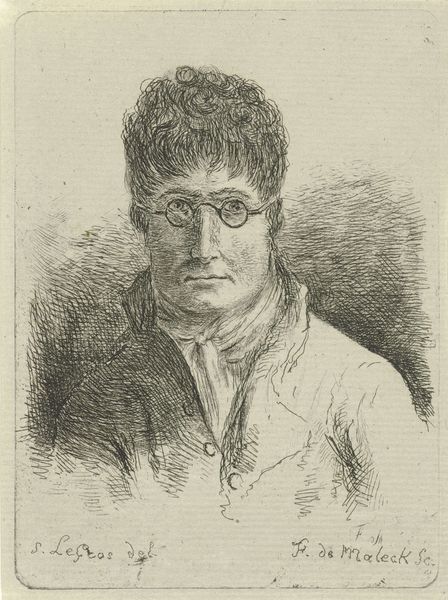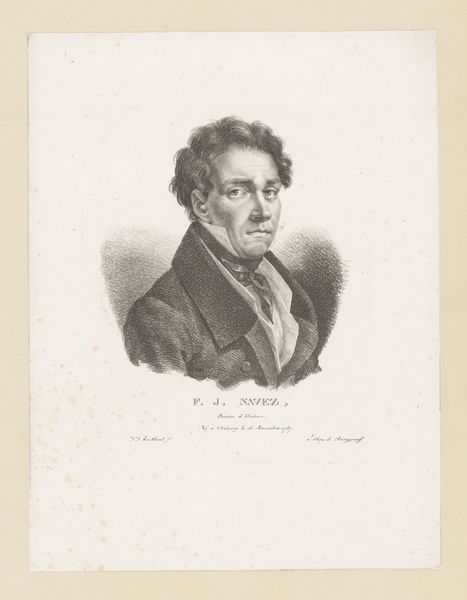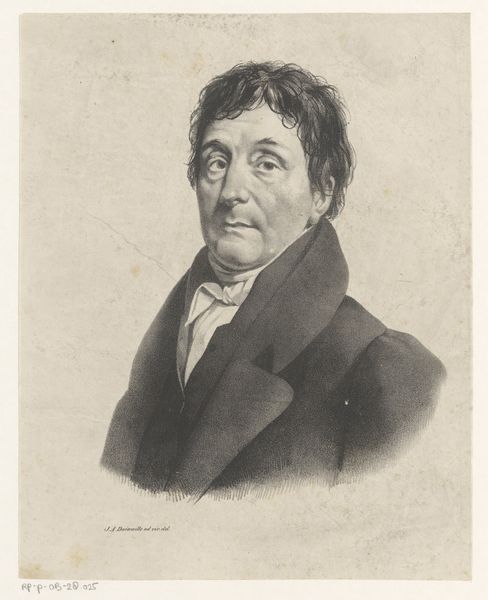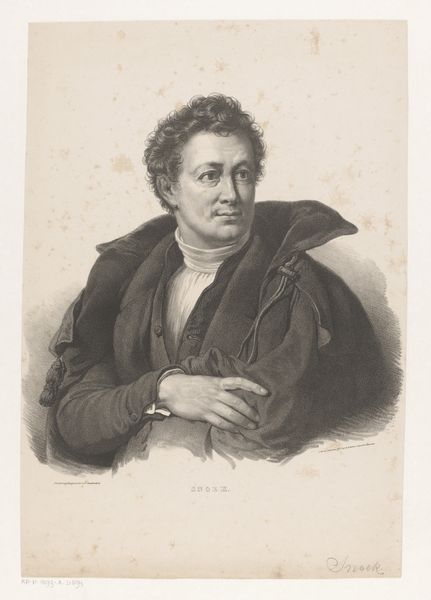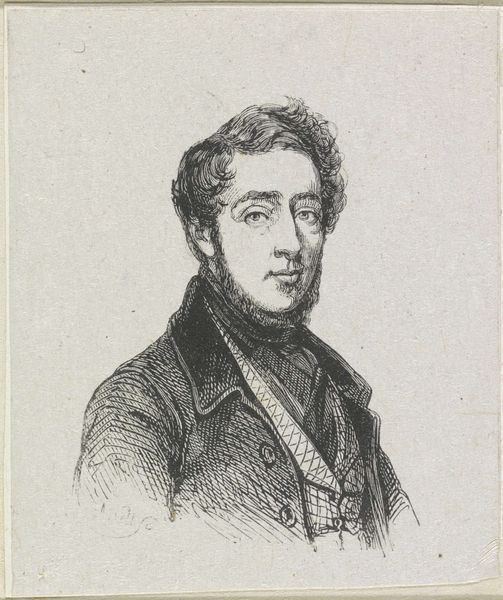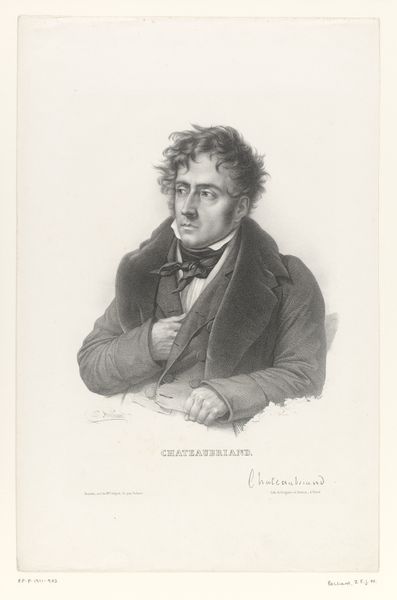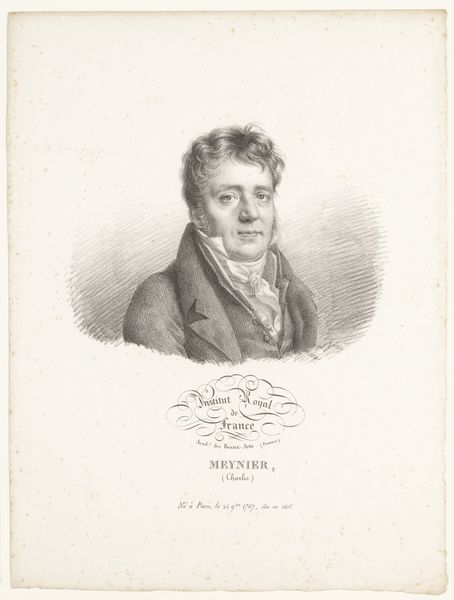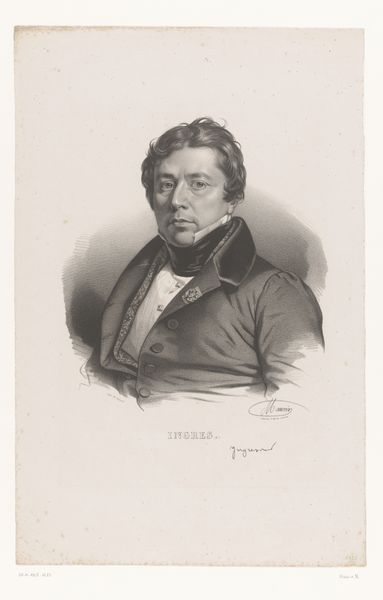
drawing, charcoal
#
portrait
#
drawing
#
self-portrait
#
romanticism
#
charcoal
#
academic-art
#
realism
Copyright: Public Domain: Artvee
Louis Léopold Boilly made this self-portrait in 1832, likely using graphite on paper. What's most striking is how Boilly positions himself within a changing society. Born before the French Revolution, Boilly navigated the shifting political landscape, producing genre scenes, portraits, and even some revolutionary propaganda. This self-portrait, created during the July Monarchy, reflects the values of the bourgeoisie: intellect, and perhaps a touch of self-satisfaction. His glasses, a relatively new accessory, signal erudition, while his composed demeanor hints at the social mobility that was becoming increasingly possible. Boilly was admitted to the Académie Royale de Peinture et de Sculpture in 1833, the year after he completed this drawing. As the Académie was considered the gatekeeper to artistic recognition, this portrait can be interpreted as Boilly’s way of representing himself as someone worthy of entry into this institution. Historians consult archives, letters, and institutional records to better understand the artist's intentions and the art's cultural significance. Boilly's self-portrait is a powerful reminder that art is always shaped by the society in which it is created.
Comments
No comments
Be the first to comment and join the conversation on the ultimate creative platform.

